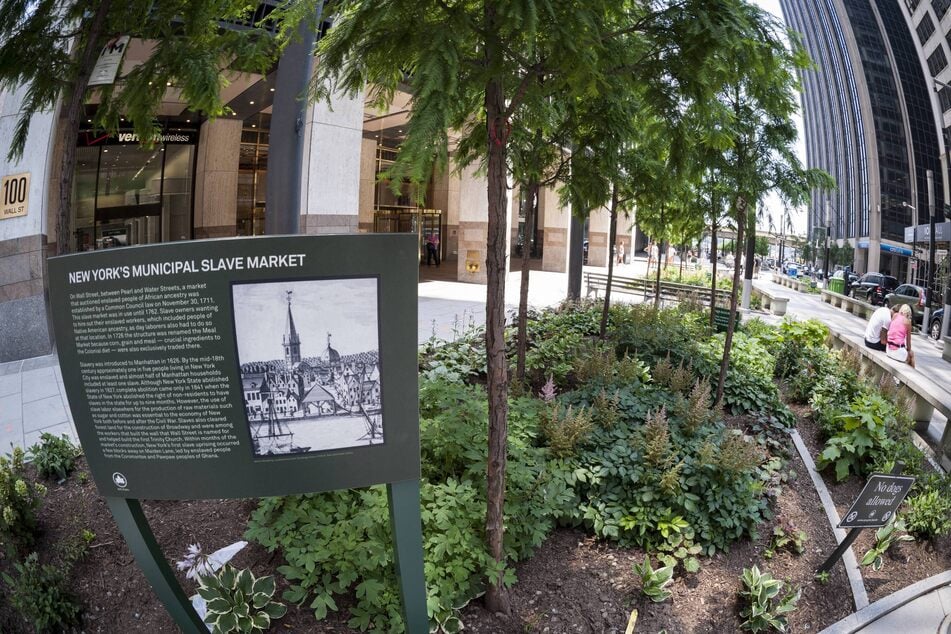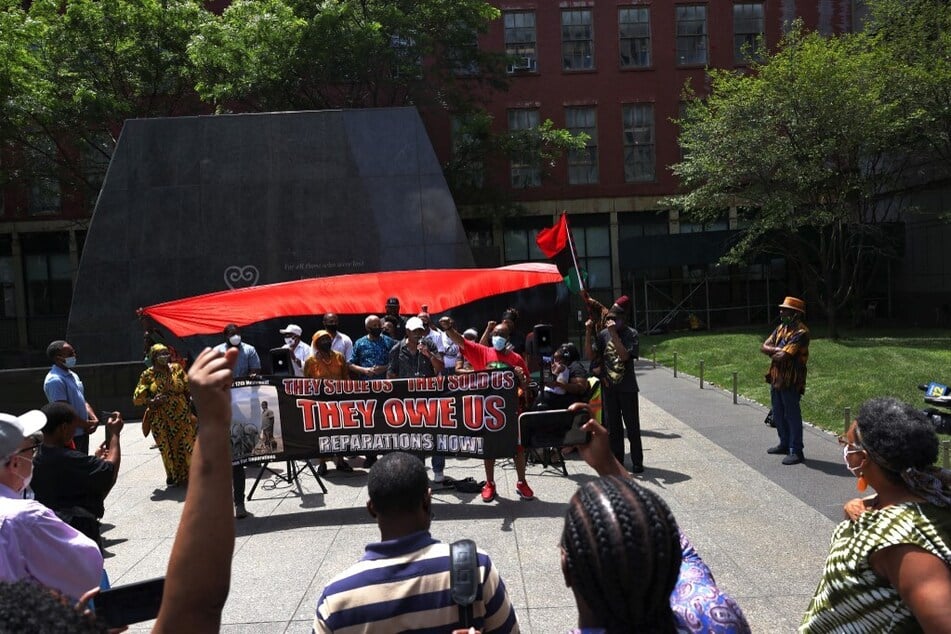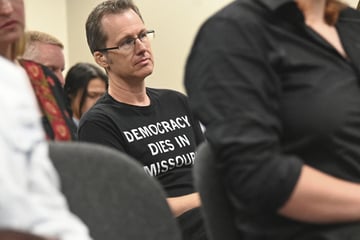New York City Council votes to approve reparations study
New York, New York - The New York City Council has passed a bill to examine the ongoing vestiges of enslavement and racial discrimination and develop a plan for reparations.

The city council voted in favor of sending Introduction 279, sponsored by Council Member Farah Louis, to Mayor Eric Adams' desk.
The measure calls on the NYC Commission on Racial Equity (CORE), in coordination with the Mayor's Office of Equity, to study the role of the city government in perpetuating enslavement and its legacies. The researchers will also be tasked with developing a policy plan to provide redress and eliminate ongoing harms to Black New Yorkers.
According to the legislation, those recommended remedies may include financial compensation, legal or social services, medical or psychological care, memorials, commemorations, and more.
CORE would also be responsible for identifying funding sources and recommending eligibility criteria for reparations as a part of its mission.
"Throughout my tenure in the Council, we have heard countless testimonies and conducted numerous hearings revealing the ongoing impacts of historical injustices," Louis said in a statement. "Black women, in particular, continue to be disadvantaged in both public and private sectors, facing systemic inequities that hinder their progress and well-being. Addressing these compounded injustices is essential to forming a more just municipality and society."
The final reparations report and recommendations are due by July 1, 2027 – with updates and at least three public sessions required in the meantime.
New York City's legacy of enslavement

The New York City reparations study is expected to coordinate with the state's reparations commission, whose members held their second meeting last month following their inauguration in July.
Both endeavors represent an effort to document and quantify the damage of New York's history of racial discrimination, often obscured due to common conceptions of the city as a beacon of "progressivism."
New York City was a critical port in the trafficking of African prisoners of war, often referred to as the "Transatlantic Slave Trade." By 1730, 42% of the city's population were enslavers – second only to Charleston, South Carolina.
Enslaved people constructed the wall after which Wall Street was named. The epicenter of global financial power – built off the backs of Black people – was once a market where they were auctioned as chattel.
Although New York State formally abolished slavery in 1827, the city and its white elites continued to profit off the institution. Financial entities received cotton revenues, accepted enslaved people as collateral for loans, and sold insurance policies on the lives of enslaved people.
And while New York was part of the Union during the American Civil War, many white people in the city fiercely opposed abolition and openly sympathized with the Confederacy – including Mayor Fernando Wood, who in 1861 called for the city's secession.
This hate culminated in the notorious 1863 Draft Riots, which saw a mob of white New Yorkers massacre hundreds of Black people after Congress approved the drafting of male citizens to fight for the Union.
New York City aims to chart a new way forward

Given this legacy of racism, it's unsurprising that many of New York City's buildings, streets, and landmarks today are named after supporters of enslavement.
Even Rikers Island – the infamous pre-trial detention center and a symbol of racist mass incarceration – bears the name of a 19th-century judge who took advantage of the Fugitive Slave Act to sell Black people, free or not, into slavery in the South.
The cumulative effects of enslavement and post-enslavement-era abuses are reflected in present-day racial disparities in the Empire State.
New York City Comptroller Brad Lander last year released a report revealing that white households in the state have a median net wealth of $276,900 as compared to just $18,870 for Black households – a wider gap than in the US as a whole. The analysis found those economic disparities to persist despite education levels.
Racial justice advocates and lawmakers are hoping a reparations study will help chart a new way forward for New York City, one based on true equality and justice.
"By documenting and quantifying the impacts of enslavement and its legacies, while recommending concrete measures for redress, we take a crucial step towards justice and equity," Louis said.
"I am passionately committed to this cause and the urgency of this study in addressing the historical and ongoing impacts of manumission that continue to affect our New Yorkers and am looking forward to driving this work forward as this Council continues to create a more equitable future for all."
Cover photo: IMAGO / MediaPunch

